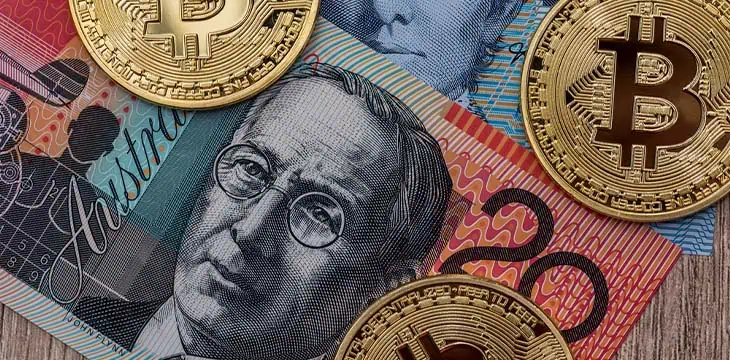|
Getting your Trinity Audio player ready...
|
Tokenized money, including central bank digital currencies (CBDCs), could be the future of money and unlock over $10 billion in savings for Australia, the central bank says.
“The tokenization of assets presents some interesting possibilities for the digital era,” stated Brad Jones. Speaking at the AFR’s Cryptocurrency Summit, the deputy governor of the Reserve Bank of Australia (RBA) delved into CBDCs’ role in the future of money while dismissing ‘crypto’ and stablecoins.
Tokenized money can be in four forms: unbacked ‘crypto,’ asset-backed stablecoins, tokenized bank deposits, and a wholesale CBDC, said Brad. However, he believes crypto and stablecoins have fundamental flaws that hinder their adoption in mainstream payments.
“With no reference to backing assets and operating outside of regulatory oversight, the wild price volatility in cryptocurrencies has made them more amenable to speculative investment than serving as a safe settlement instrument,” he stated.
He also cited a lack of fungibility, scaling challenges, and high transaction fees as challenges to their adoption. The BSV blockchain solves all these challenges—it scales unbounded, has lower transaction fees than any mainstream network, and, with the ability to send pennies, is highly fungible.
On stablecoins, RBA believes that they could act as a payment medium, but only when regulated financial institutions issue them. Jones dismissed private stablecoins like Tether’s USDT and Circle’s USDC, which he says come with credit risk.
In Australia, major banks have issued stablecoins to compete with existing solutions. Earlier this year, financial institution National Australia Bank Limited (NASDAQ: NAUBF)
announced the launch of its AUDN stablecoin for cross-border transactions. ANZ Bank (NASDAQ: ANZBY) launched its A$DC stablecoin in March 2022.
Jones stated that tokenized deposits don’t face the same challenges as commercial bank deposits and are currently exchanged and settled at par across the central bank balance sheet.
He added that a wholesale CBDC “is the ultimate form of safe money” as it’s free of liquidity and credit risk. However, it might not be necessary at all, he believes. His view mirrors the RBA’s stand, which maintains that the current payment channels are sufficient for Aussies.
“Our overarching position is that we remain open-minded about the functional forms of digital money and supporting infrastructure that could best support the Australian economy in the future,” he concluded.
To learn more about central bank digital currencies and some of the design decisions that need to be considered when creating and launching it, read nChain’s CBDC playbook.
Watch: Centi: Bridging digital money and traditional banking

 07-12-2025
07-12-2025 





